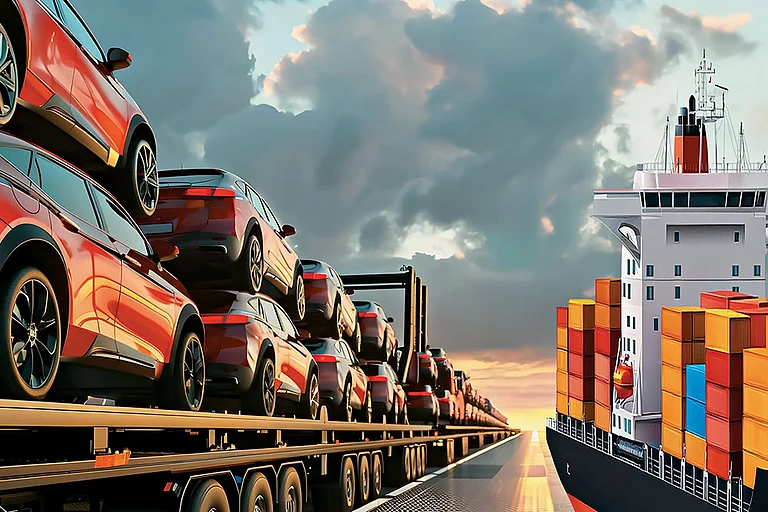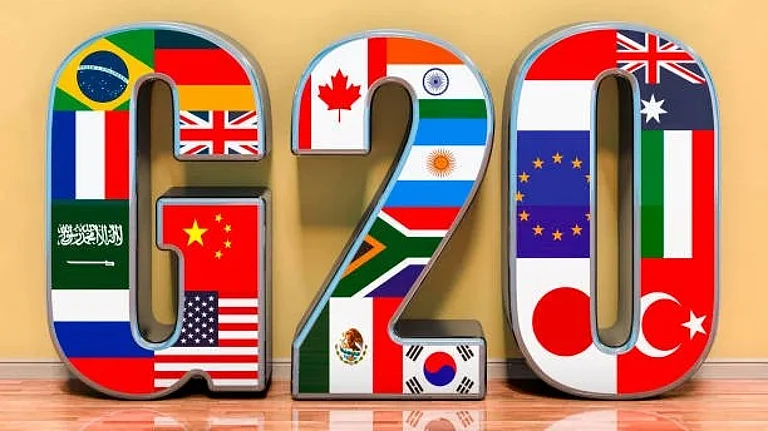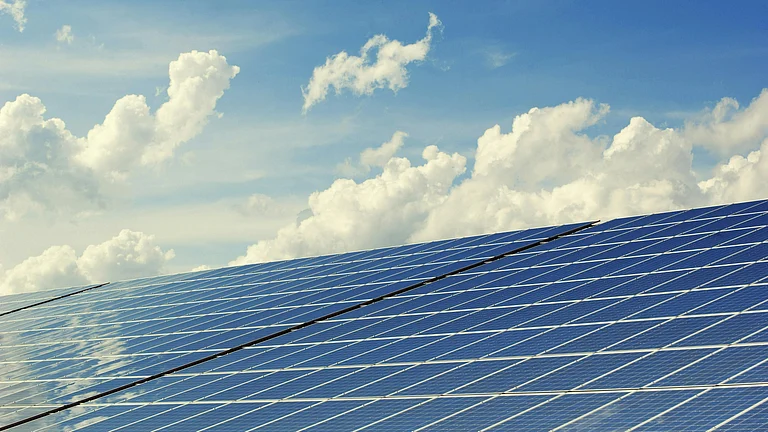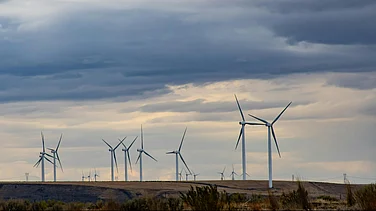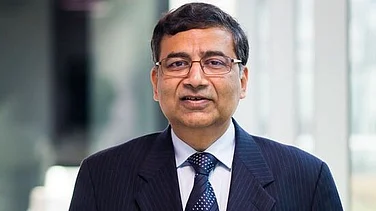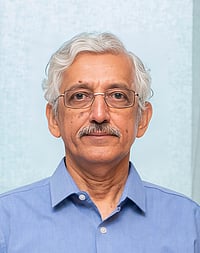India has not abandoned coal. Far from it. Rule for flue gas desulphurisation systems at thermal power plants stand diluted. A recent rollback in Delhi lifts a ban on the use of fuel in end-of-life vehicles. These moves suggest a government hedging its bets. And yet, amid these retreats, India’s green credentials continue to burnish.
Last week, Malawi’s energy minister visited a battery energy storage system (BESS) project in Kilokari, Delhi. The project, South Asia’s largest, will soon power 12,000 low-income homes. Malawi wants one of its own. India’s renewable-energy minister, Pralhad Joshi, used the occasion to deepen bilateral clean-energy ties. Such scenes are becoming routine. As countries across Africa, Latin America and the Indo-Pacific struggle to finance and execute energy transitions, they are increasingly looking to India for lessons, not Europe or America.
They are not wrong to do so. India has added over 105GW of solar capacity in the past decade, roughly a third of the total added by the entire Global South in that period. It crossed the halfway mark in its electricity mix from non-fossil sources five years ahead of schedule. Rooftop solar now powers more than a million homes. Battery storage, once a costly add-on, is becoming viable thanks to public investment, falling prices and policy nudges.
What makes India’s energy model unique and is it redefining green diplomacy?
This record makes India an anomaly. It is the only major developing country to scale both centralised and decentralised clean energy at speed and at low cost. Its auctions for solar and wind projects have consistently yielded some of the cheapest tariffs in the world. Unlike China, which dominates the global supply chain but exports little in the way of institutional frameworks, India has built a “green playbook” others are keen to borrow.
That playbook is not just technical; it is geopolitical. India is attempting to forge a new model of green diplomacy anchored not in conditional finance or Western climate orthodoxy, but in south-south solidarity and replicable mechanisms. Its climate outreach relies less on headline-grabbing pledges and more on creating functioning systems—solar pumps, rural microgrids, and auction templates—that others can plug into. Where Western financing mechanisms tend to be mired in bureaucracy and conditionality, India’s is lean, demonstrative and often bilateral.
Consider the International Solar Alliance (ISA), co-founded by India and France in 2015, which now counts 124 countries as members. Through it, India has helped solarise schools, clinics and farms in 17 of the world’s poorest nations. Currently, some 30 projects are underway or in the pipeline. The ISA’s Global Solar Facility, recently topped up with $35mn—$25mn of it from Indian government—is mobilising private capital for decentralised solar projects across Africa. Its officials say India’s rural solar model, built on local capacity and frugal innovation, holds particular promise for the continent.
How is India building capacity while pushing the envelope on clean tech?
Green diplomacy is also extending to hydrogen. ReNew, a private Indian firm, is in talks with Egypt to build an $8bn green hydrogen plant in the Suez Canal Economic Zone. The project would produce 220,000 tonnes of hydrogen annually. In parallel, Indian banks are financing renewable efforts abroad: a $300mn loan arranged in December 2024 to the Africa Finance Corporation marked the beginning of an outward push.
India’s public sector, too, is training solar engineers from across the Global South, under the ITEC programme. At one end of the spectrum, TERI offers courses in climate adaptation, energy efficiency and systems planning. At the other, Barefoot College, a rural outfit in Tilonia, Rajasthan, trains African women to become solar technicians.
Even South American nations such as Suriname, Guyana and Peru have entered solar partnerships with India. Greece and Morocco, once unlikely collaborators, are exploring agreements. India’s experience, says Saurabh Kumar of the Global Energy Alliance for People and Planet, offers “a replicable template” for African nations. Its public procurement model, led by the Solar Energy Corporation of India (SECI), is frequently cited as a best-in-class approach for unlocking scale while preserving competition.
What explains India’s success in scaling renewables?
What makes India’s story compelling to peers is not just what it has done, but how it has done it. The country’s solar scale-up was not driven by megaprojects alone but also by reverse auctions, grid integration protocols and public-private joint ventures—all difficult to implement but easier to adapt. Where others rely on subsidies, India has leaned on market design. It helps that it had to. Scarce capital and erratic grids forced Indian policymakers to innovate in ways richer countries could afford to avoid.
None of this is to say India has solved its energy paradox. It remains one of the world’s largest consumers of coal. Electrification of transport and industry is still in its infancy. Climate adaptation for vulnerable communities is patchy. Nor is its commitment to air-quality enforcement especially robust. In many respects, India’s internal politics still lag its external posture.
So is India’s model really replicable?
These contradictions are not lost on observers. India’s emissions are still rising. Its urban centres are among the most polluted in the world. Domestic clean-tech manufacturing is nascent. And recent policy walk-backs—on flue gas controls or EV targets—have stoked concerns about a shifting baseline. Yet, what India offers is not a utopia but a functioning, frugal and flexible model—one that is doing more with less, often under messy constraints.
But few countries of comparable size and complexity have gone as far, or as fast, on renewables. India’s imperfections are visible. So are its achievements. In a world where 600mn people in sub-Saharan Africa still lack electricity, and where grid investments often face ruinous delays, India’s ability to scale rooftop solar and battery storage matters. It is not a perfect model. But it is a working one—and for now, that is enough.











